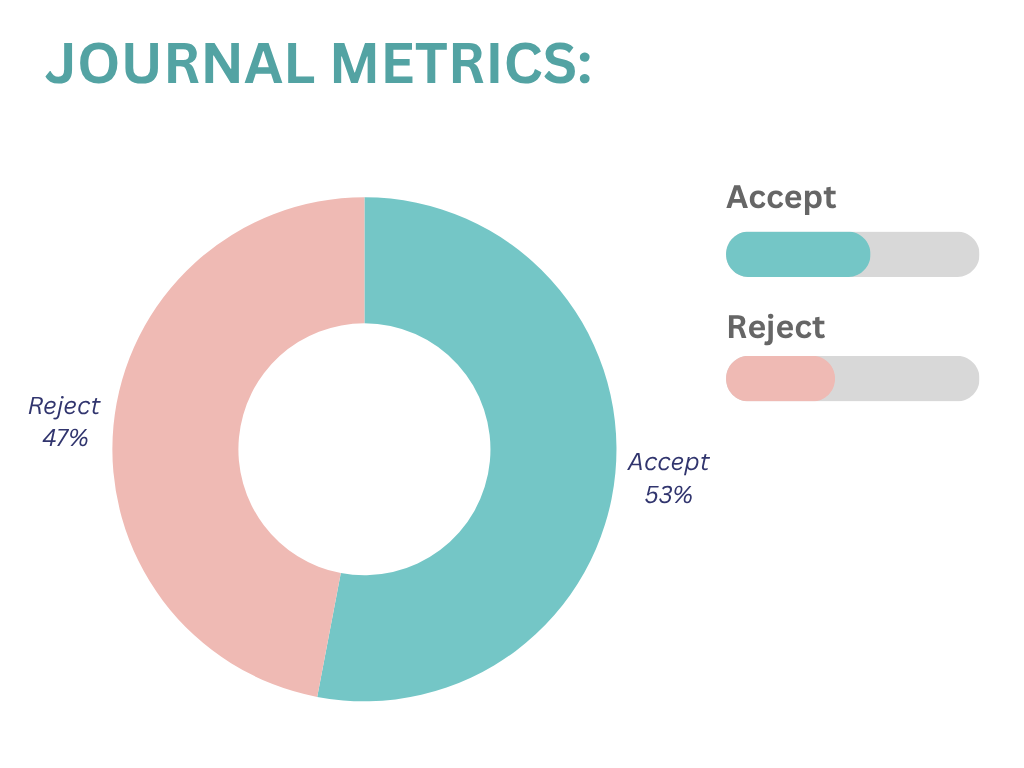A hybrid ANP-TOPSIS method for strategic supplier selection in RL under rough uncertainty: A case study in the electronics industry
Abstract
The efficient management of Reverse Logistics (RL) is essential for organizations aiming to achieve sustainability goals and gain competitive advantage. This study addresses the complexities of RL, particularly within the electronics industry, by proposing a hybrid decision-making framework that integrates the Analytic Network Process (ANP) and the Technique for Order Preference by Similarity to Ideal Solution (TOPSIS) within a rough uncertainty environment. Traditional supplier selection methods often overlook intricate interdependencies between criteria and struggle with uncertain information. The hybrid ANP-TOPSIS method combines the strengths of both approaches, offering a comprehensive evaluation of strategic alliance suppliers. Key criteria for supplier selection, including knowledge management, risk sharing, and quality, are identified and applied in a case study within the electronics industry. The results demonstrate the robustness and reliability of the proposed framework in ranking suppliers and provide valuable insights for enhancing RL operations. This research contributes to advancing Multi-Criteria Decision-Making (MCDM) methodologies. It offers practical recommendations for companies facing similar logistical challenges, bridging the gap between academic theory and real-world application in RL management.
Keywords:
RL , Strategic supplier selection, Strategic alliance , Multi-criteria decision-making , Rough WASPAS, ANP, TOPSIS, Rough set theory, Electronics industryReferences
- [1] [1] Zhang, X., Li, Z., & Wang, Y. (2020). A review of the criteria and methods of reverse logistics supplier selection. Processes, 8(6), 705. https://www.mdpi.com/2227-9717/8/6/705/review_report
- [2] [2] Agrawal, S., Singh, R. K., & Murtaza, Q. (2015). A literature review and perspectives in reverse logistics. Resources, conservation and recycling, 97, 76–92.
- [3] [3] Rostamzadeh, R., Esmaeili, A., Sivilevičius, H., & Nobard, H. B. K. (2020). A fuzzy decision-making approach for evaluation and selection of third party reverse logistics provider using fuzzy ARAS. Transport, 35(6), 635–657.
- [4] [4] Zarbakhshnia, N., Wu, Y., Govindan, K., & Soleimani, H. (2020). A novel hybrid multiple attribute decision-making approach for outsourcing sustainable reverse logistics. Journal of cleaner production, 242, 118461. https://doi.org/10.1016/j.jclepro.2019.118461
- [5] [5] Jovčić, S., & Průša, P. (2021). A hybrid MCDM approach in third-party logistics (3PL) provider selection. Mathematics, 9(21), 2729. https://doi.org/10.3390/math9212729
- [6] [6] Baidya, J., Garg, H., Saha, A., Mishra, A. R., Rani, P., & Dutta, D. (2021). Selection of third party reverses logistic providers: An approach of BCF-CRITIC-MULTIMOORA using Archimedean power aggregation operators. Complex & intelligent systems, 7(5), 2503–2530.
- [7] [7] Abdel-Basset, M., Gamal, A., Elhoseny, M., Chakrabortty, R. K., & Ryan, M. (2021). A conceptual hybrid approach from a multicriteria perspective for sustainable third-party reverse logistics provider identification. Sustainability, 13(9), 4615. https://doi.org/10.3390/su13094615
- [8] [8] Mishra, A. R., & Rani, P. (2021). Assessment of sustainable third party reverse logistic provider using the single-valued neutrosophic combined compromise solution framework. Cleaner and responsible consumption, 2, 100011. https://doi.org/10.1016/j.clrc.2021.100011
- [9] [9] Mishra, A. R., Rani, P., & Pandey, K. (2022). Fermatean fuzzy CRITIC-EDAS approach for the selection of sustainable third-party reverse logistics providers using improved generalized score function. Journal of ambient intelligence and humanized computing, 1–17. https://link.springer.com/article/10.1007/s12652-021-02902-w
- [10] [10] Ulutaş, A. (2019). Third-party logistics provider selection by using ahp and codas methods. SETSCI conference proceedings (Vol. 4, pp. 36–38). SETSCI.
- [11] [11] Akman, G., & Baynal, K. (2014). Logistics service provider selection through an integrated fuzzy multicriteria decision making approach. Journal of industrial engineering, 2014(1), 794918. https://doi.org/10.1155/2014/794918
- [12] [12] Tavana, M., Zareinejad, M., Santos-Arteaga, F. J., & Kaviani, M. A. (2016). A conceptual analytic network model for evaluating and selecting third-party reverse logistics providers. The international journal of advanced manufacturing technology, 86, 1705–1721.
- [13] [13] Jayant, A., Gupta, P., Garg, S. K., & Khan, M. (2014). TOPSIS-AHP based approach for selection of reverse logistics service provider: a case study of mobile phone industry. Procedia engineering, 97, 2147–2156.
- [14] [14] Pamucar, D., Chatterjee, K., & Zavadskas, E. K. (2019). Assessment of third-party logistics provider using multi-criteria decision-making approach based on interval rough numbers. Computers & industrial engineering, 127, 383–407.
- [15] [15] Govindan, K., & Murugesan, P. (2011). Selection of third-party reverse logistics provider using fuzzy extent analysis. Benchmarking: an international journal, 18(1), 149–167.
- [16] [16] Zarbakhshnia, N., Soleimani, H., & Ghaderi, H. (2018). Sustainable third-party reverse logistics provider evaluation and selection using fuzzy SWARA and developed fuzzy COPRAS in the presence of risk criteria. Applied soft computing, 65, 307–319. DOI:10.1016/j.asoc.2018.01.023
- [17] [17] Tavana, M., Zareinejad, M., & Santos-Arteaga, F. J. (2018). An intuitionistic fuzzy-grey superiority and inferiority ranking method for third-party reverse logistics provider selection. International journal of systems science: operations & logistics, 5(2), 175–194.
- [18] [18] Prakash, C., & Barua, M. K. (2016). An analysis of integrated robust hybrid model for third-party reverse logistics partner selection under fuzzy environment. Resources, conservation and recycling, 108, 63–81.
- [19] [19] Karakoç, Ö., Memics, S., & Sennaroglu, B. (2023). A review of sustainable supplier selection with decision-making methods from 2018 to 2022. Sustainability, 16(1), 125.
- [20] [20] Saaty, T. L. (1988). What is the analytic hierarchy process? In Mathematical models for decision support (pp. 109–121). Springer.
- [21] [21] Saaty, T. L. (2008). Decision making with the analytic hierarchy process. International journal of services sciences, 1(1), 83–98.


